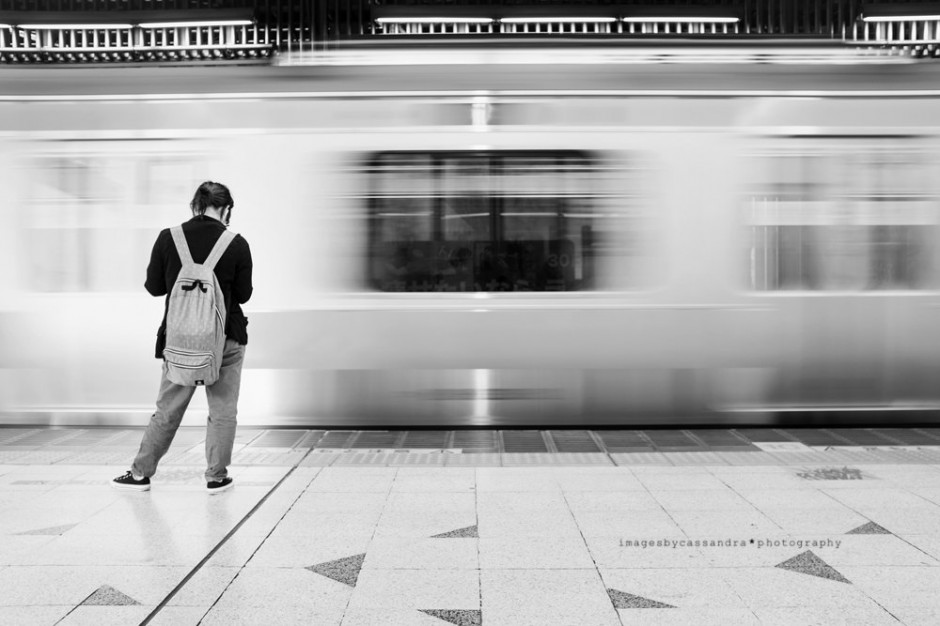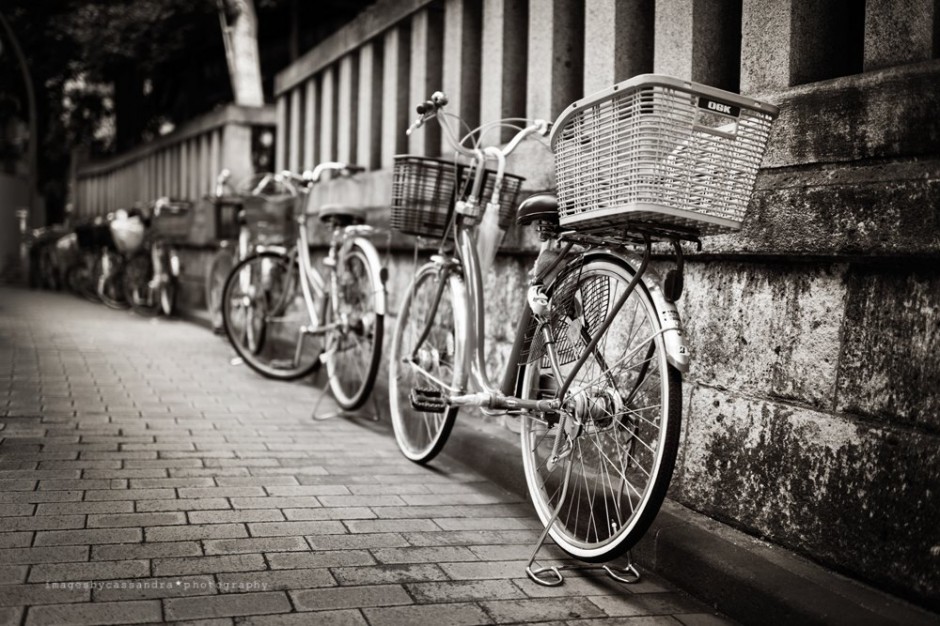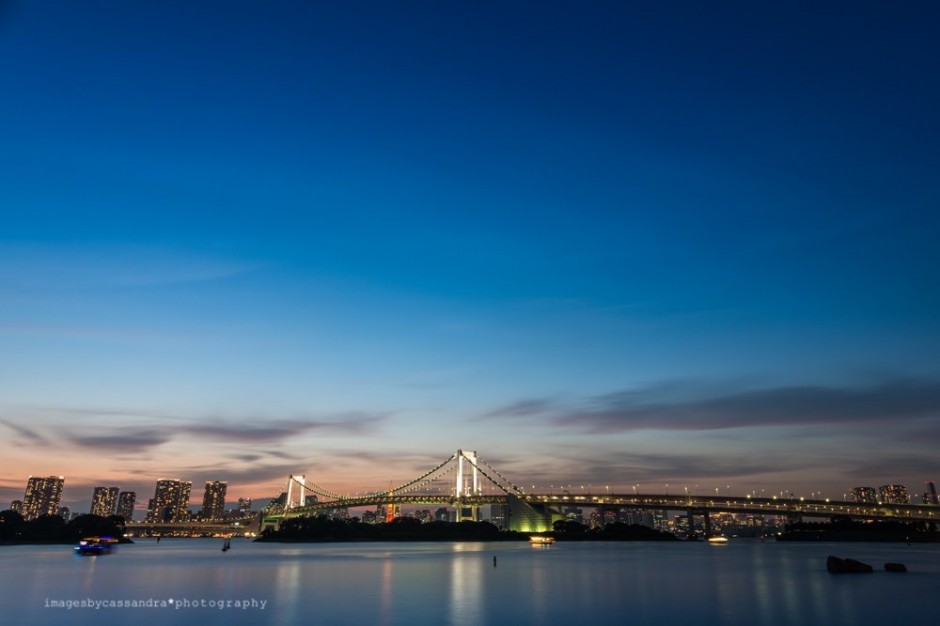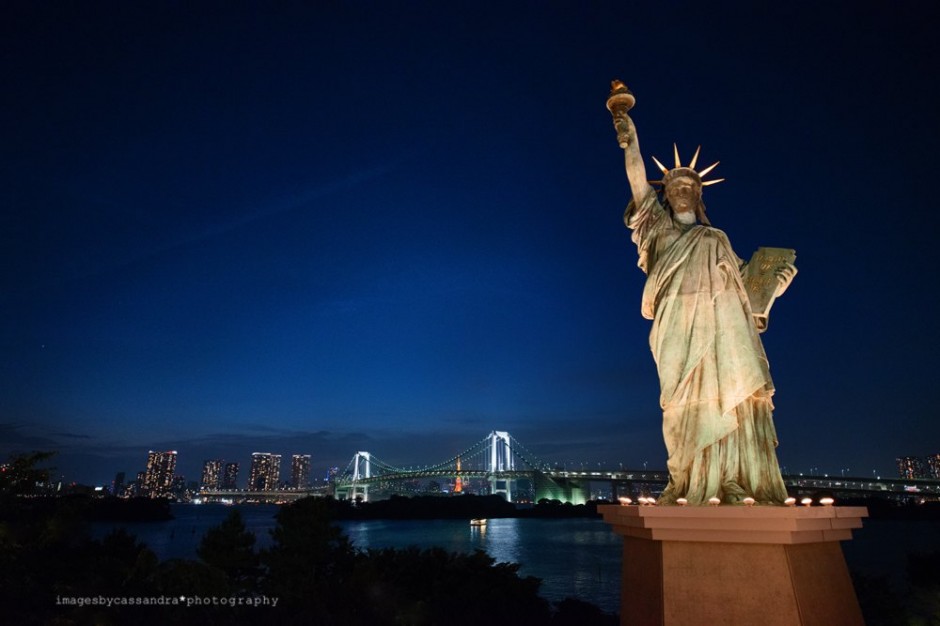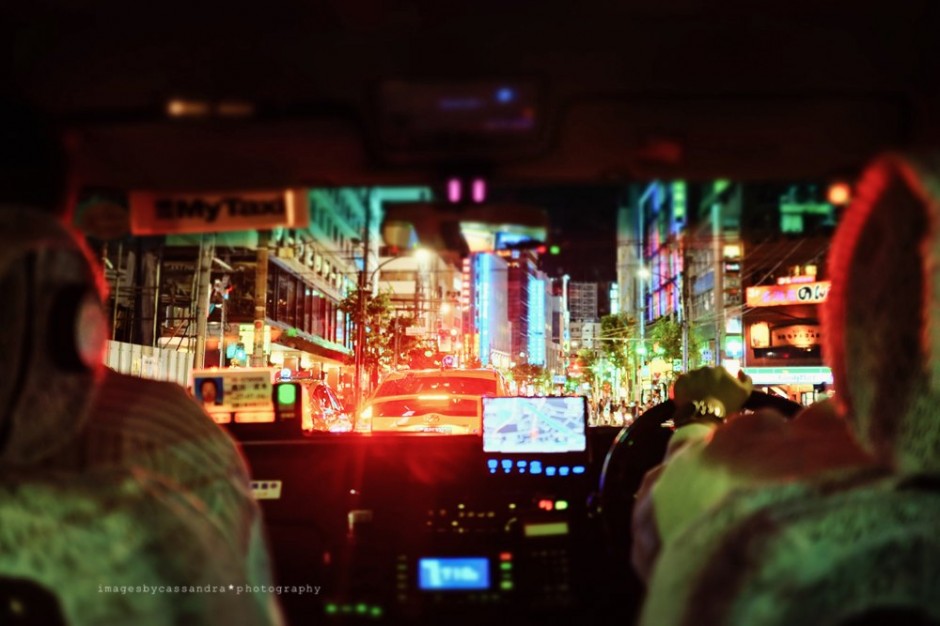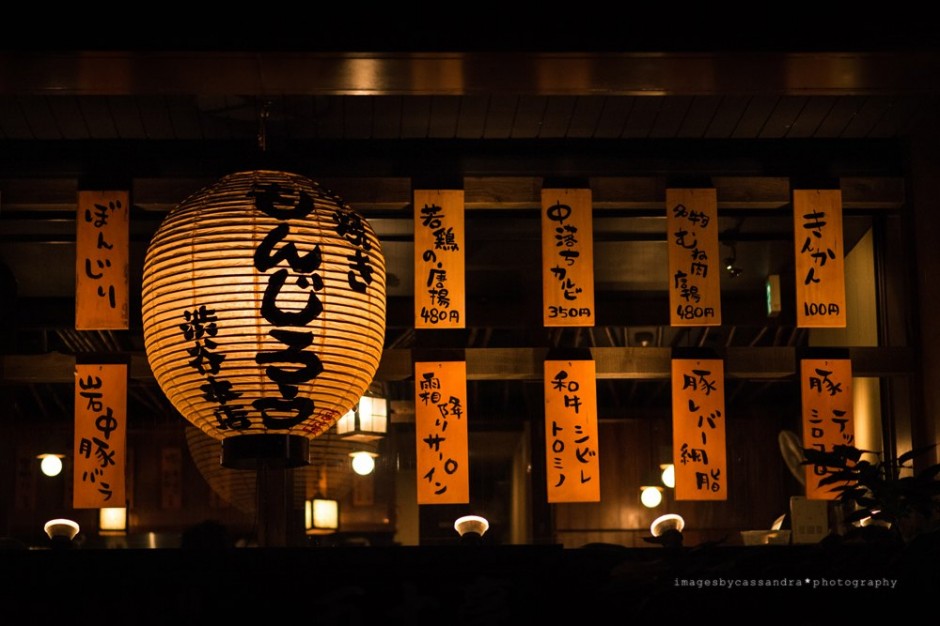“One hundred hearings are not as good as one viewing.”
– Japanese proverb
Editor’s note: Tokyo. The capital of Japan and one of the most populous cities you will ever visit. If you’re a photographer, you care less about where the tourists are going to watch sumo and more about making the most of your memory card. When visiting a city with more than 30 million people, it’s impossible to document the entire place in one visit, or even one lifetime, but that doesn’t mean you can’t give it a run for it’s money.
Here’s what MatadorU photography student Cassandra O’Leary did with just 24 hours in iconic Tokyo.
All photos by author.
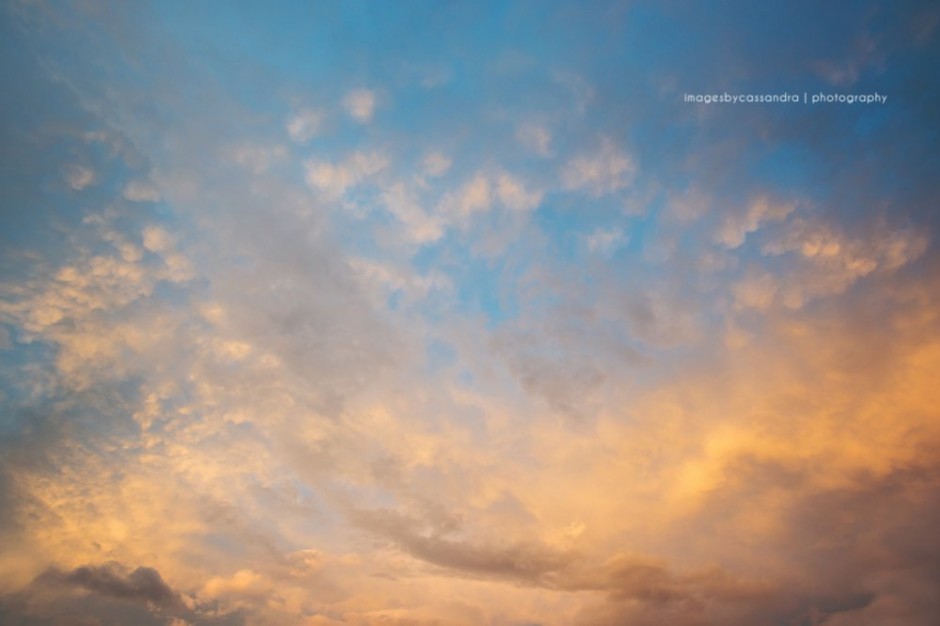
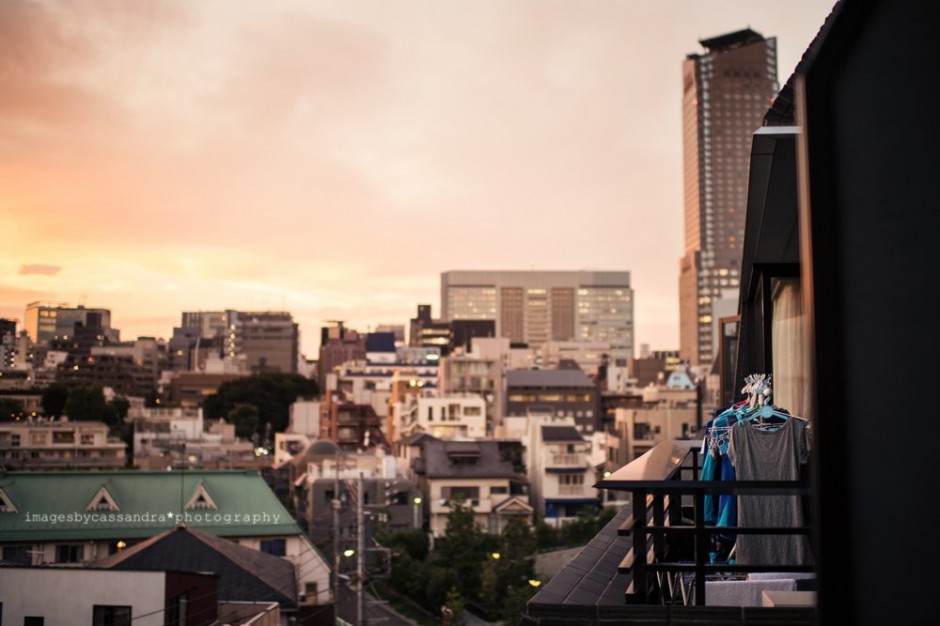
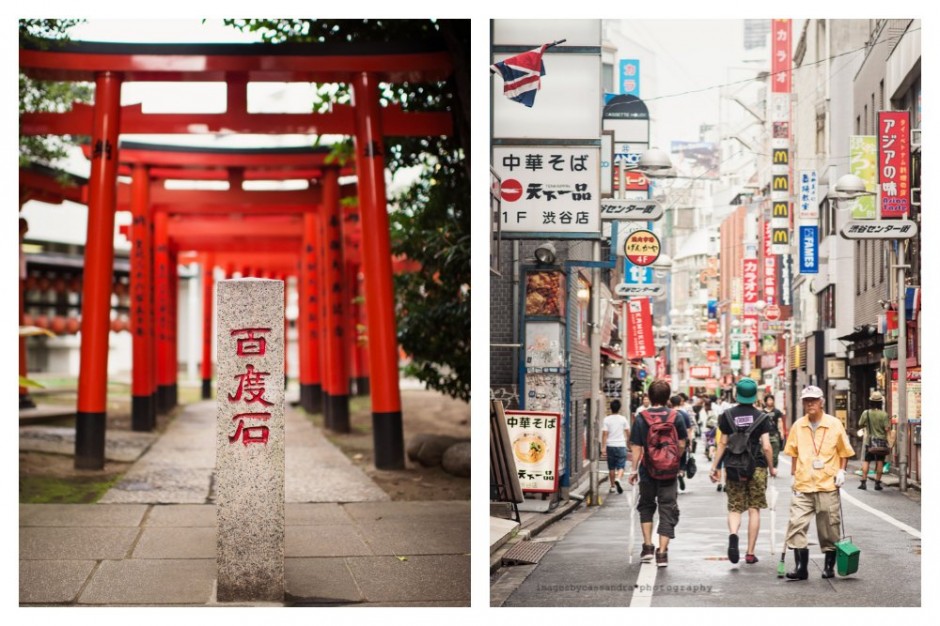
Intermission
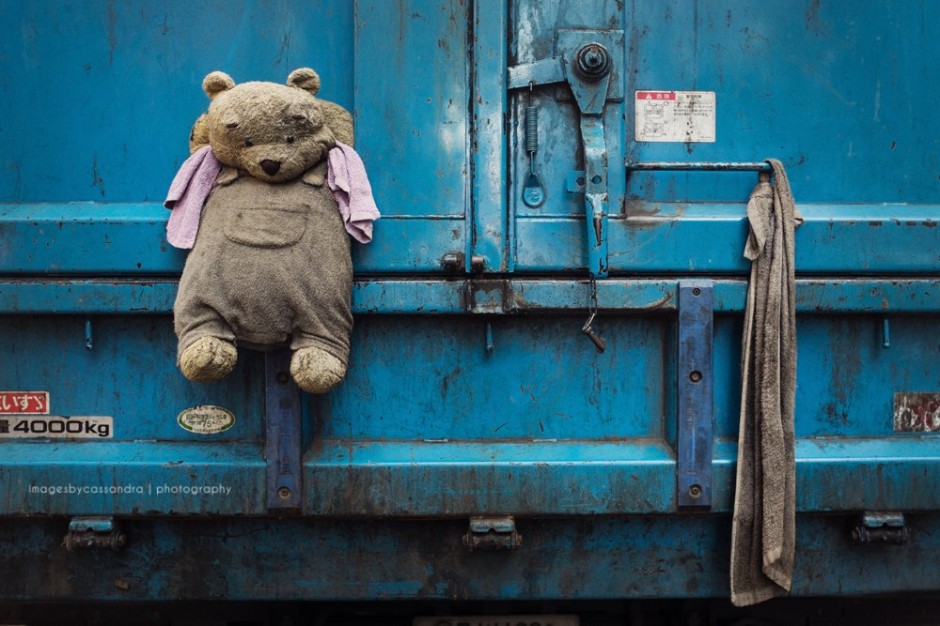
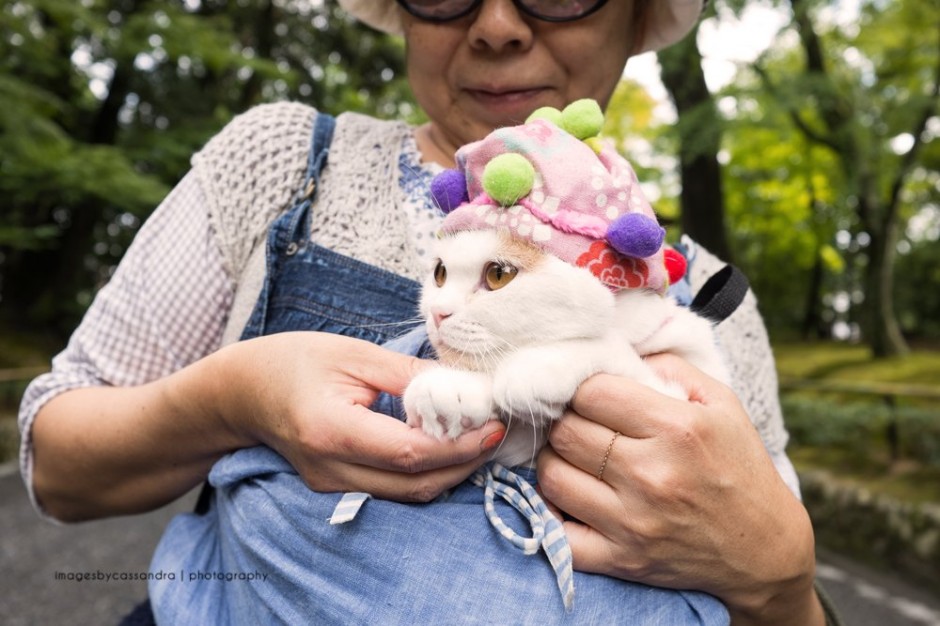
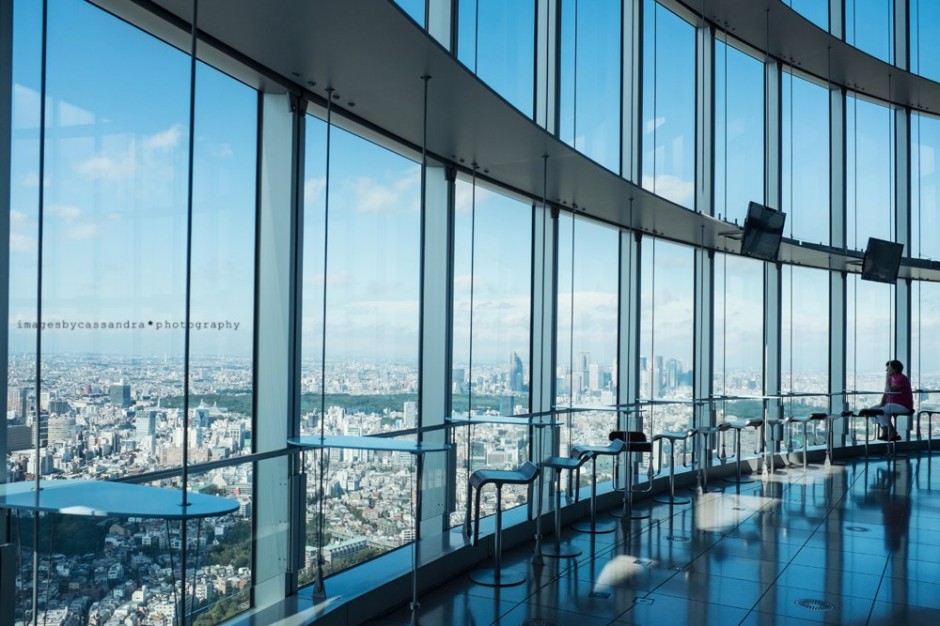
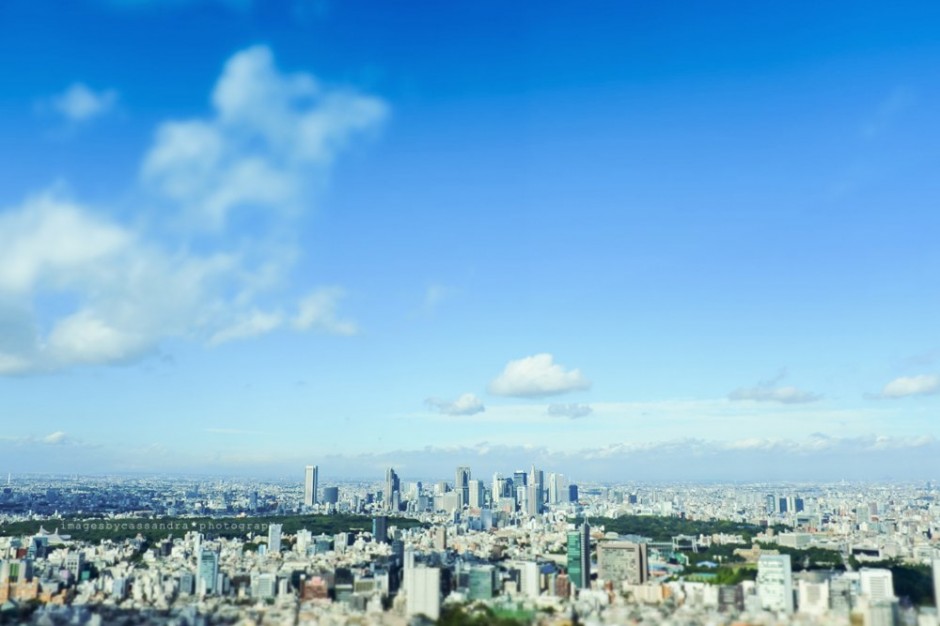
Intermission
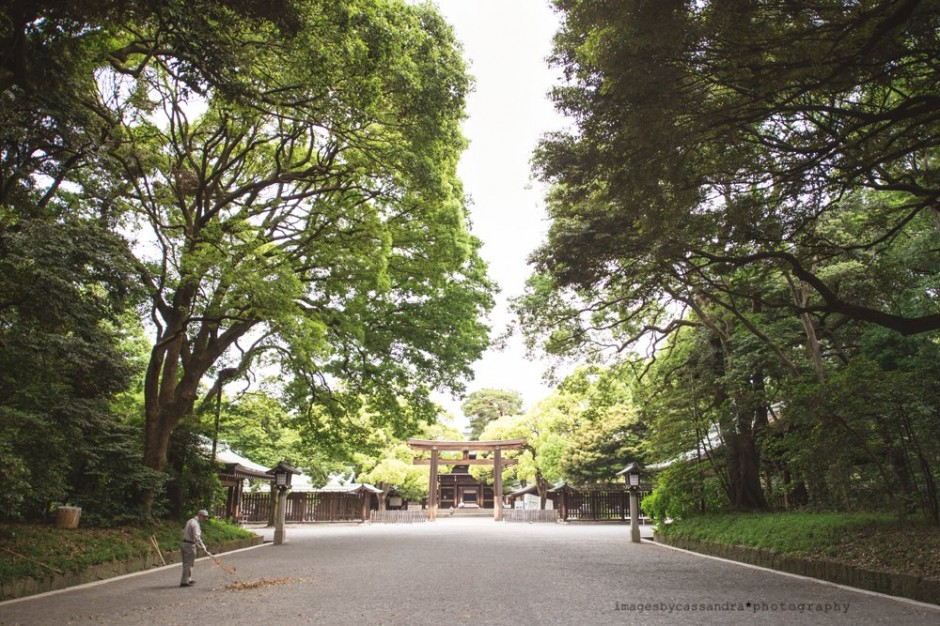
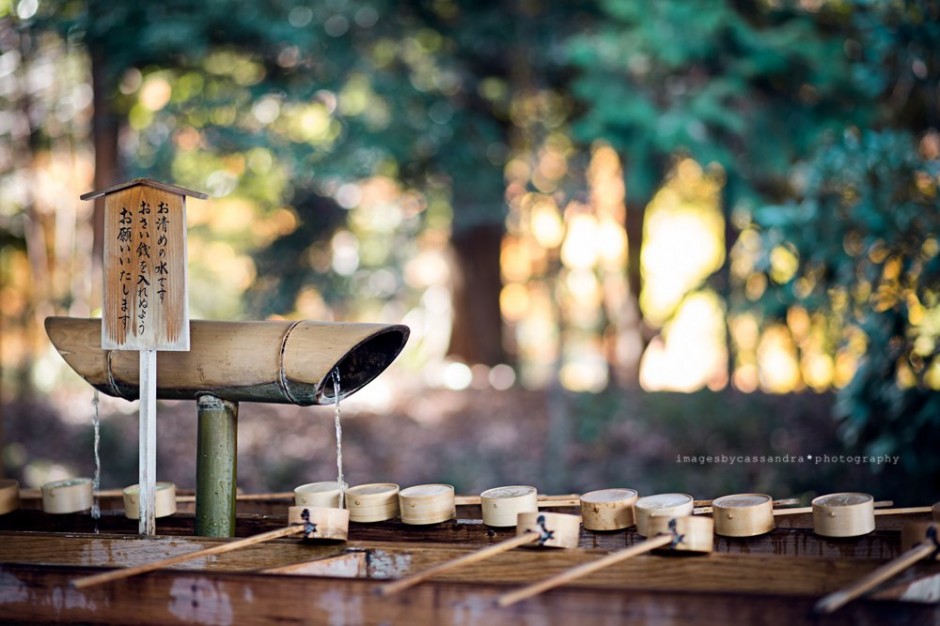
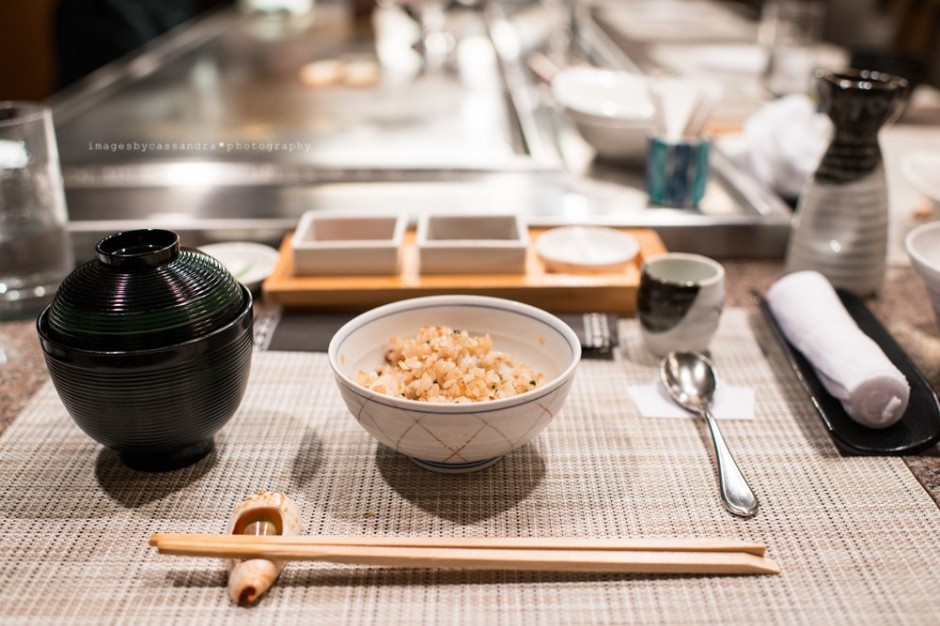

Intermission
